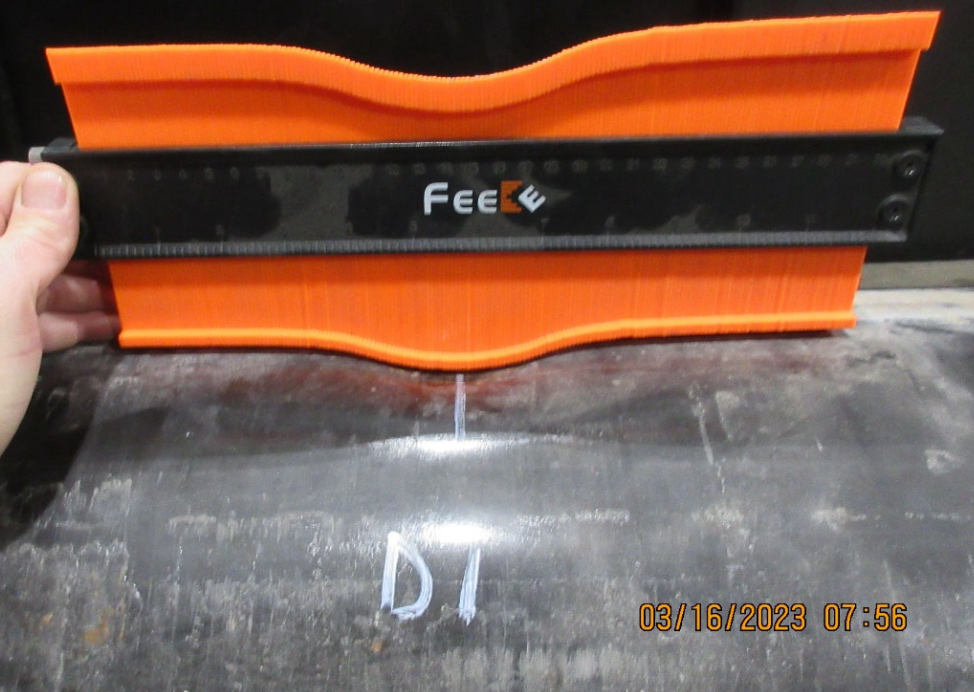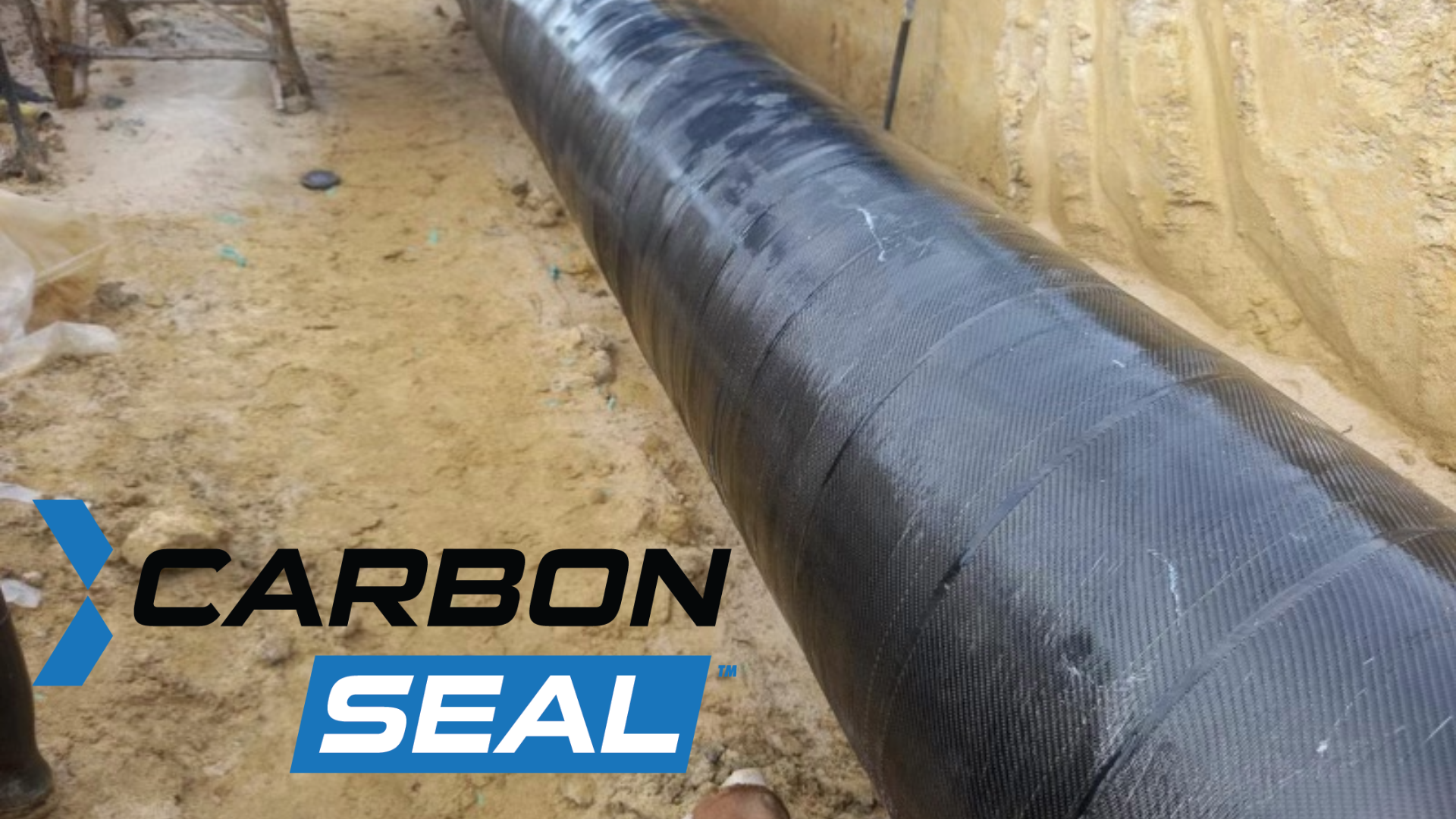Failing Infrastructure Challenges Stormwater Systems Across the US
Since the devastating Hurricane Katrina, the number of new leaks in New Orleans' water pipes has surged, tripling the count. The cause? The flood resulting from the failure of federal levees during the hurricane. Infrastructure woes extend nationwide, with outdated water pipes in dire need of repair. Utility companies, however, face the challenge of maintaining affordable rates for their customers, leaving limited resources for extensive infrastructure maintenance.
In Columbia, Missouri, Public Works Director John Glascock highlights the dire state of the stormwater system, underscoring the broader infrastructure problem plaguing the country. Thousands of feet of water pipes, at least 40 years old and past their intended lifespan, are corroding and leaking. The consequences are significant: erosion and sinkholes, such as the one that swallowed a portion of a busy Columbia street earlier this year.
Corroded and rusted steel pipes not only compromise their own integrity but also pose a threat to the structures they support, potentially leading to collapses. Furthermore, leaking pipes result in water loss, a critical concern when it comes to transporting drinking water. New Orleans, for example, loses up to 50% of its drinking water supply due to water system leaks, an unsustainable situation.
Addressing these infrastructure challenges necessitates considering rate increases for both residential and commercial users. Some cities, like Portland, Oregon, have already taken this step, raising sewer and storm rates to fund repairs. However, alternative approaches like a sales tax may also be explored to generate the necessary funds.
In light of the recent Mississippi River flooding, the condition of water systems in many states is likely to have worsened, further underscoring the urgency of repairs. HJ3 Composite Technologies has been a crucial contributor to wastewater and potable water pipe and facility repairs using its CarbonSeal™ repair systems. These products were approved over a decade ago by Underwater Laboratories, adhering to the standards of ANSI/National Science Foundation (NSF-61) for potable water system repairs.
We invite you to share the status of water systems in your city and any related comments. For more information on HJ3's innovative carbon fiber solutions, please reach out to us at info@hj3.com or call 1-877-303-0453. HJ3 is committed to providing lasting solutions for the infrastructure repair challenges facing our nation.



.png)
